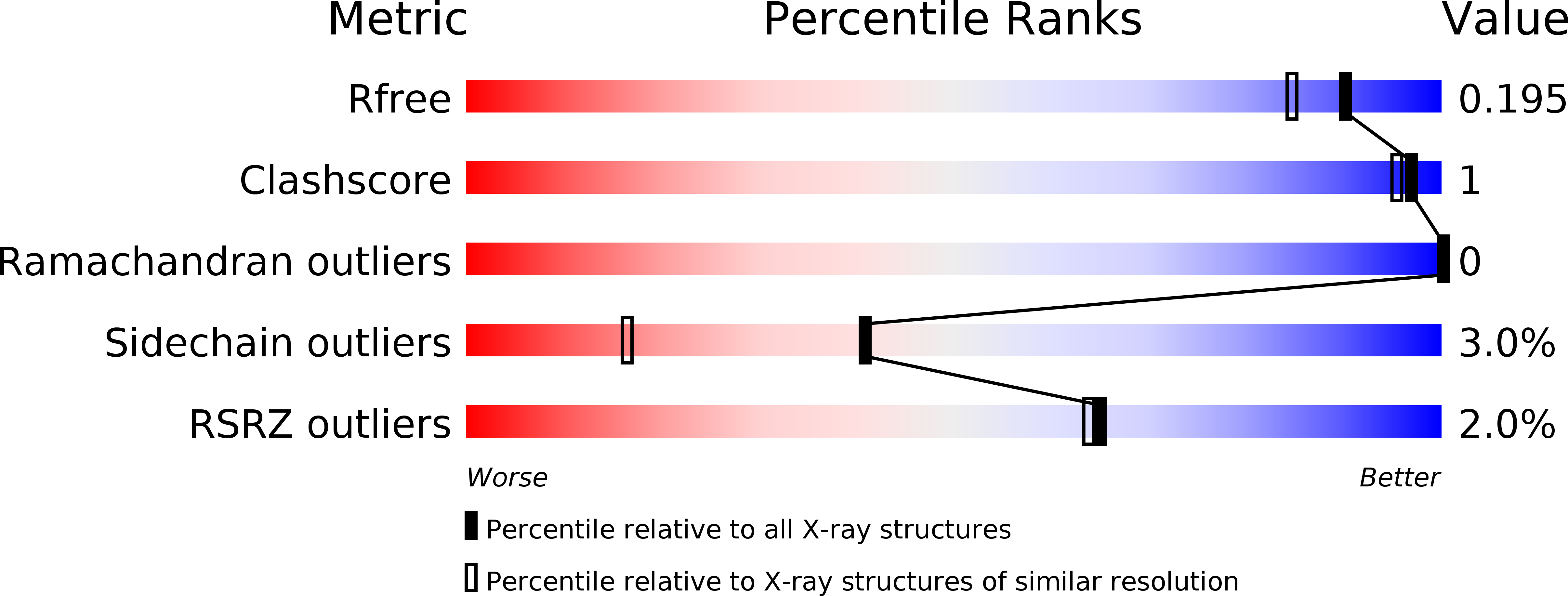
Deposition Date
2007-07-20
Release Date
2008-07-22
Last Version Date
2023-12-13
Entry Detail
PDB ID:
2V6U
Keywords:
Title:
High resolution crystal structure of pterin-4a-carbinolamine dehydratase from Toxoplasma gondii
Biological Source:
Source Organism:
TOXOPLASMA GONDII (Taxon ID: 383379)
Host Organism:
Method Details:
Experimental Method:
Resolution:
1.60 Å
R-Value Free:
0.19
R-Value Work:
0.17
R-Value Observed:
0.17
Space Group:
P 43 21 2


